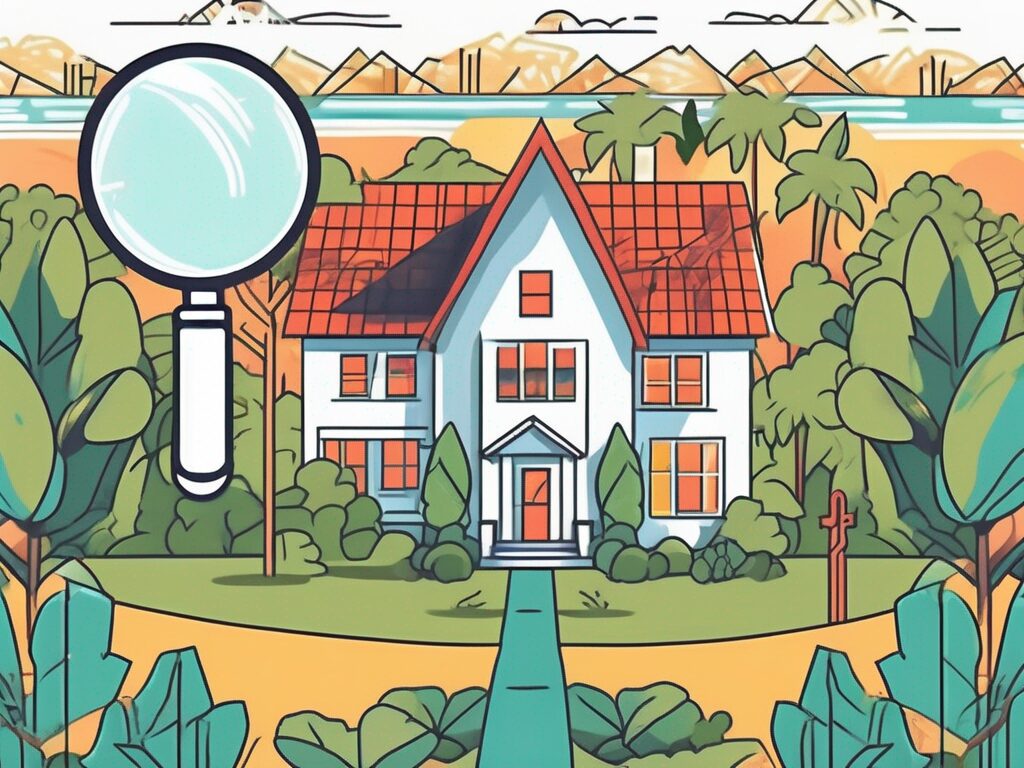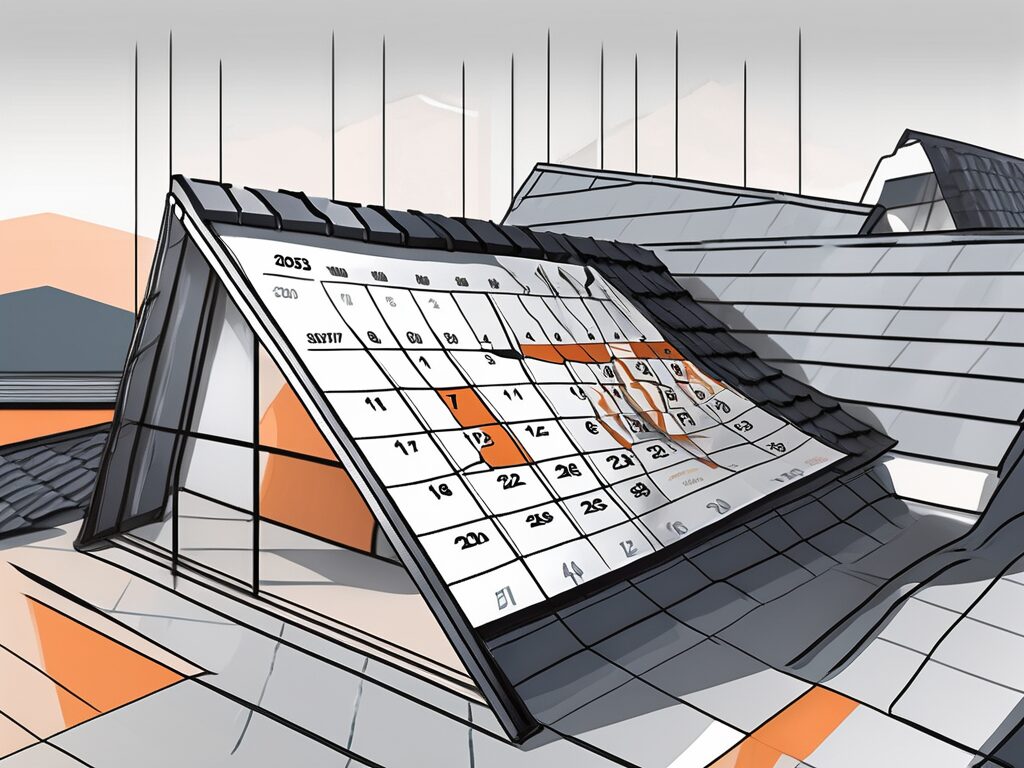
Agent A-Team or Solo Superhero? Finding the Right Real Estate Partner for Your Selling Journey in Wildwood Florida
When it comes to selling your home in Wildwood, Florida,…
January 29, 2024
A well-maintained roof is essential for the protection and integrity of your home. However, over time, even the best roofs will need to be replaced. When the time comes for a roof replacement, one of the most significant factors to consider is the cost. To help you navigate through the intricacies of roof replacement costs in 2023, we have created this ultimate guide. In this comprehensive guide, we will delve into the various factors that influence the cost of roof replacement and explore financing options to help you manage the expenses. So, let’s get started!
Roof replacement costs can vary widely depending on several factors. By understanding these factors, you can better estimate the expenses involved. Let’s break down the price of roof replacement step by step.
Roof replacement is a significant investment for homeowners, and it’s essential to have a clear understanding of the costs involved. While the initial price may seem daunting, it’s crucial to consider the long-term benefits and protection that a new roof provides.
Breaking Down the Price of Roof Replacement by Size
The size of your roof is one of the primary factors that determine the cost of replacement. Larger roofs require more materials and labor, resulting in higher costs. To get an accurate estimate, you’ll need to measure the square footage of your roof. Consulting with a roofing professional is an excellent way to ensure an accurate measurement.
Additionally, the shape and complexity of your roof can also impact the cost. Roofs with multiple angles, dormers, or intricate designs may require more time and expertise to replace, leading to increased expenses.
Exploring the Range of Materials and Their Costs
The choice of roofing materials plays a significant role in the overall cost of replacement. There are various options available, each with its own advantages and price points. Common roofing materials include asphalt shingles, metal, tile, and wood.
While asphalt shingles are typically the most affordable option, metal and tile roofs tend to be more expensive but offer greater durability and aesthetic appeal. It’s essential to consider the climate and architectural style of your home when selecting the right material for your roof.
Labor Expenses: What to Expect
The cost of labor is another essential component of roof replacement costs. Labor expenses can vary depending on the complexity of the project, location, and the skills and experience of the roofing contractor. It’s crucial to hire a reputable and licensed professional who can provide quality workmanship.
Labor costs typically include removing the old roof, preparing the surface, installing new materials, and ensuring proper ventilation and insulation. The expertise and efficiency of the roofing crew can significantly impact the overall cost.
The Impact of Roof Angle on Cost
The angle or pitch of your roof can influence the overall cost of replacement. Steeper roofs require more precautions and safety measures, which can increase the labor costs. Additionally, the pitch of the roof may affect the choice of materials, as some options are better suited for specific angles.
Roofs with a low pitch may require additional waterproofing measures, while roofs with a high pitch may require specialized equipment for installation. It’s important to discuss these factors with your roofing contractor to ensure that the cost estimate accurately reflects the unique characteristics of your roof.
Factors to Consider for Additional Costs
While the basic cost of roof replacement includes materials and labor, there are additional factors that may incur extra expenses. These factors can include removing and disposing of the old roof, repairing any underlying damage, upgrading to energy-efficient materials, and adding extra features like skylights or chimneys.
Removing the old roof and disposing of the debris is an essential step in the replacement process. Depending on the size and condition of the existing roof, this can add to the overall cost. Additionally, if any underlying damage is discovered during the replacement, repairs may be necessary to ensure the structural integrity of the roof.
Upgrading to energy-efficient materials, such as reflective coatings or solar panels, can provide long-term savings on energy bills but may come with a higher upfront cost. Similarly, adding skylights or chimneys can enhance the aesthetics and functionality of your home, but these features will also increase the overall expense.
Considering these additional costs will help you prepare a more accurate budget and make informed decisions about the scope of your roof replacement project.
Now that you have a better understanding of the costs involved in roof replacement, let’s explore financing options that can help you manage the expenses.
Replacing a roof is a significant investment that requires careful consideration. It’s essential to explore various financing options to find the one that best suits your needs and financial situation. Here are some financing options to consider:
If your roof replacement is necessitated by unexpected events, such as severe weather damage or accidental fire, your homeowners insurance may cover part or all of the cost. Check your insurance policy to see if roof replacement is covered and what the requirements are for filing a claim. Be sure to document the damage thoroughly and contact your insurance provider promptly.
While relying on homeowners insurance can provide financial relief, it’s crucial to understand the terms and limitations of your policy. Some insurance policies may only cover specific types of damage or have a cap on the reimbursement amount. Make sure to review your policy carefully and consult with your insurance provider to determine the extent of coverage for roof replacement.
A home equity loan is a loan that allows you to borrow against the equity you’ve built in your home. This type of loan typically offers lower interest rates compared to personal loans or credit cards. It can be an excellent option for financing major expenses like roof replacement. However, keep in mind that borrowing against your home’s equity means putting it at risk, so careful consideration is necessary.
Before opting for a home equity loan, it’s essential to assess your financial situation and determine if you can comfortably manage the loan payments. Additionally, consider the long-term implications of borrowing against your home’s equity, as it may affect your ability to secure future loans or impact your financial stability.
A home equity line of credit, or HELOC, is another financing option that allows you to borrow against the equity in your home. Unlike a home equity loan, a HELOC operates more like a credit card, allowing you to draw money as needed. This flexibility can be advantageous when dealing with the evolving costs of a roof replacement project.
With a HELOC, you have a predetermined credit limit, and you can borrow and repay funds as necessary during a specified draw period. This feature provides you with the convenience of accessing funds when needed, giving you more control over your roof replacement expenses. However, it’s crucial to manage your spending responsibly and ensure that you can make the required monthly payments.
If you have considerable equity in your home, you may consider a cash-out refinance. With a cash-out refinance, you refinance your mortgage for more than you currently owe and receive the difference as a lump-sum payment. This option can provide you with the funds needed for roof replacement while potentially securing a lower interest rate on your overall mortgage.
Before pursuing a cash-out refinance, it’s important to evaluate the current interest rates and compare them to your existing mortgage. Additionally, consider the closing costs associated with refinancing and ensure that the long-term benefits outweigh the upfront expenses. Consulting with a mortgage professional can help you determine if a cash-out refinance is a viable option for financing your roof replacement.
If you prefer not to borrow against your home’s equity, a personal loan is another financing option to consider. Personal loans are unsecured loans that can be used for various purposes, including roof replacement. While interest rates on personal loans are typically higher compared to home equity loans or HELOCs, they offer the advantage of not leveraging your home as collateral.
When considering a personal loan, it’s important to shop around and compare interest rates and terms from different lenders. Additionally, assess your ability to make the monthly loan payments comfortably and factor in the impact of the loan on your overall financial situation. Taking the time to research and choose a reputable lender can help you secure a personal loan with favorable terms.
Roof replacement costs in 2023 can be significant, but with careful planning and consideration of financing options, you can successfully manage the expenses. Remember to thoroughly research and review your options, consult with professionals, and create a detailed budget before starting your roof replacement project. By doing so, you can ensure a smooth transition to a new roof that will protect your home for years to come.

If you want the Richr team to help you save thousands on your home just book a call.
 Book a call
Book a call